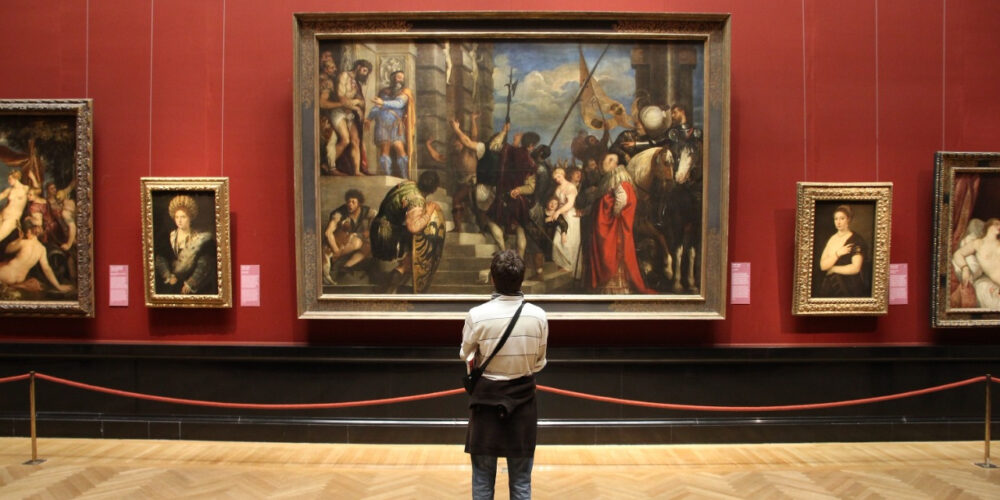Ayn Rand opens her essay “Art and Sense of Life” with an example of the intense, personal emotions that art can evoke. She describes the differing reactions a person might feel upon seeing “a beautiful woman wearing an exquisite evening gown, with a cold sore on her lips” — and upon seeing a painting of such a woman.
Seeing the woman in real life, Rand says, “the blemish would mean nothing but a minor affliction, and one would ignore it.” But upon seeing the painting, one might feel “immense disgust and indignation at the artist” for including the cold sore. This emotional response, she says, “would be instantaneous, much faster than the viewer’s mind could identify all the reasons involved.”
Almost everyone has experienced intense emotions of this kind, both positive and negative, in response to art. Some art works disgust and offend us, but others elicit a feeling of immense joy and inspiration. These reactions seem to be deeply personal, as though the work is speaking to the very core of our selves. The same painting, novel or song can uplift one person, offend another, and leave a third completely indifferent.
Why does art hold this power to affect us on such a personal level? Most people have no idea. Some, grasping for an explanation, think that art holds a mystic power. But Rand offers a rational explanation for the power of art.
In “Art and Sense of Life,” she argues that our emotional reactions to artworks result from our deeply held views on fundamental issues. “The essential meaning of a viewer’s or reader’s response,” she says, “under all of its lesser elements, is: ‘This is (or is not) life as I see it.’”
A person’s deeply held views on life, according to Rand, exist in the form of a “psychological mechanism” that she calls a person’s “sense of life.” She argues that this mechanism allows a work of art to convey a view of human life and its relation to all of existence.
To learn more about Rand’s explanation of sense of life, where it comes from, and how it generates powerful emotions in response to art, read “Art and Sense of Life” in The Romantic Manifesto or on the ARI website.







